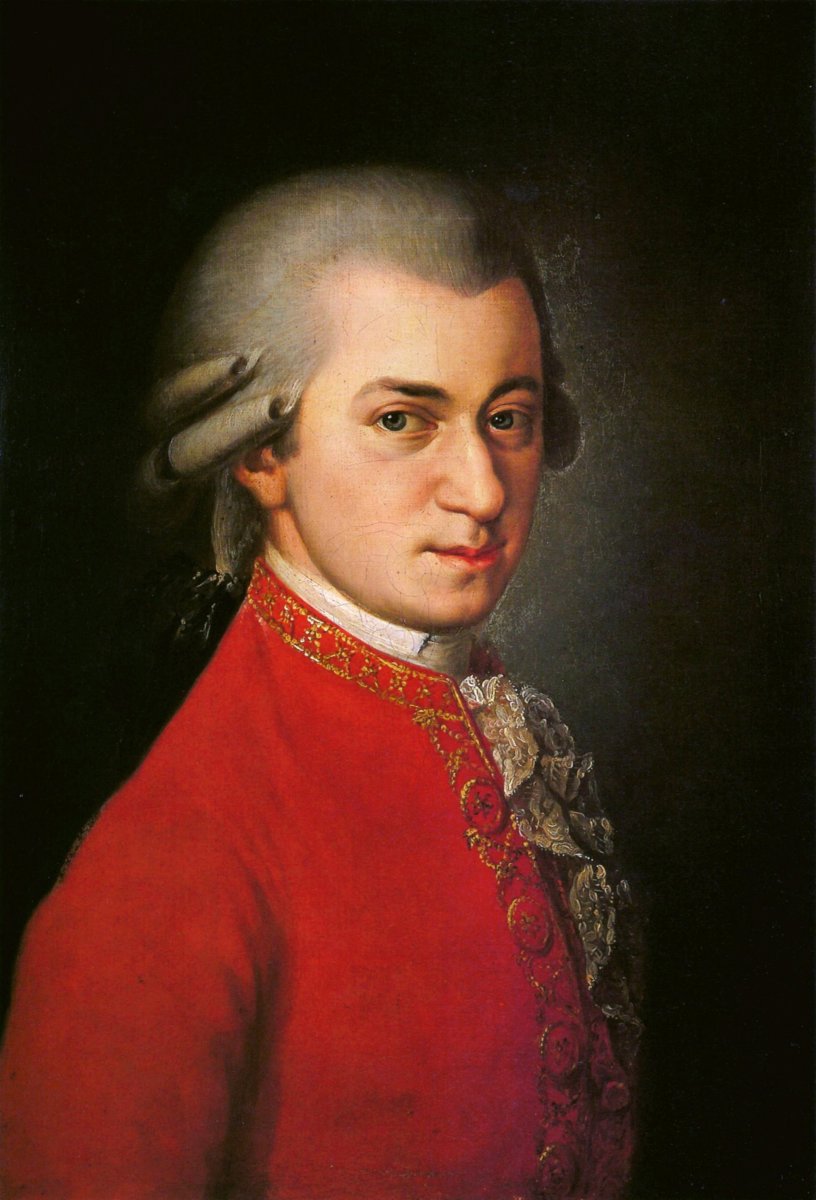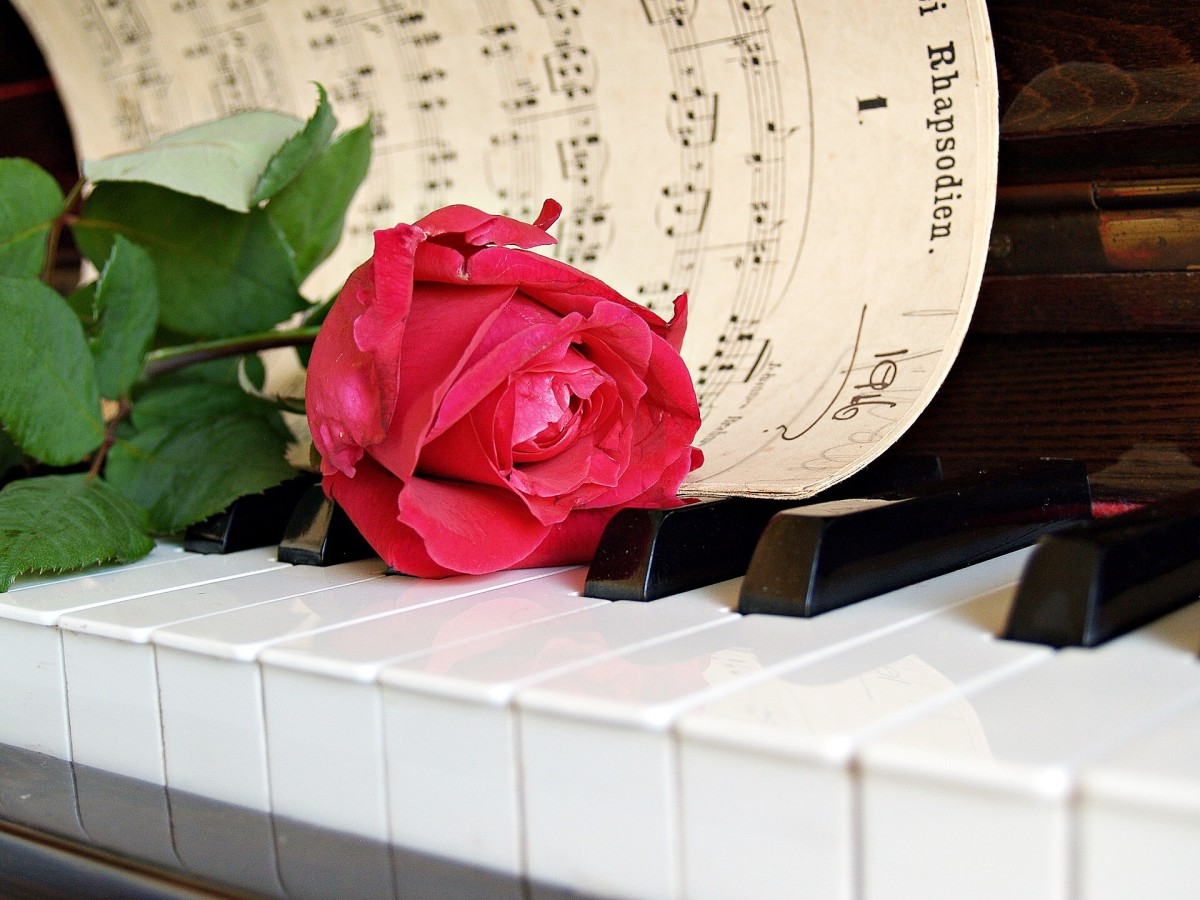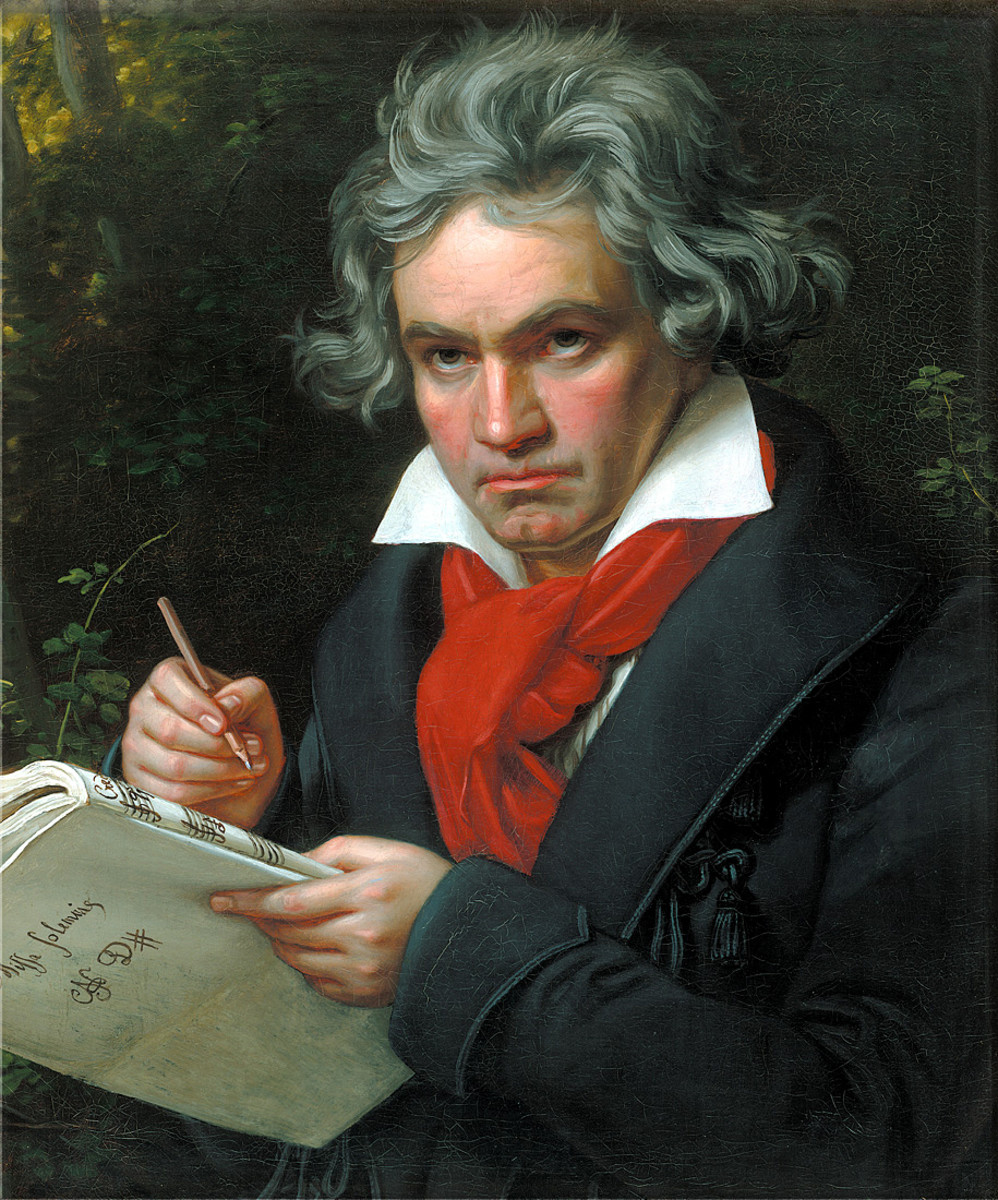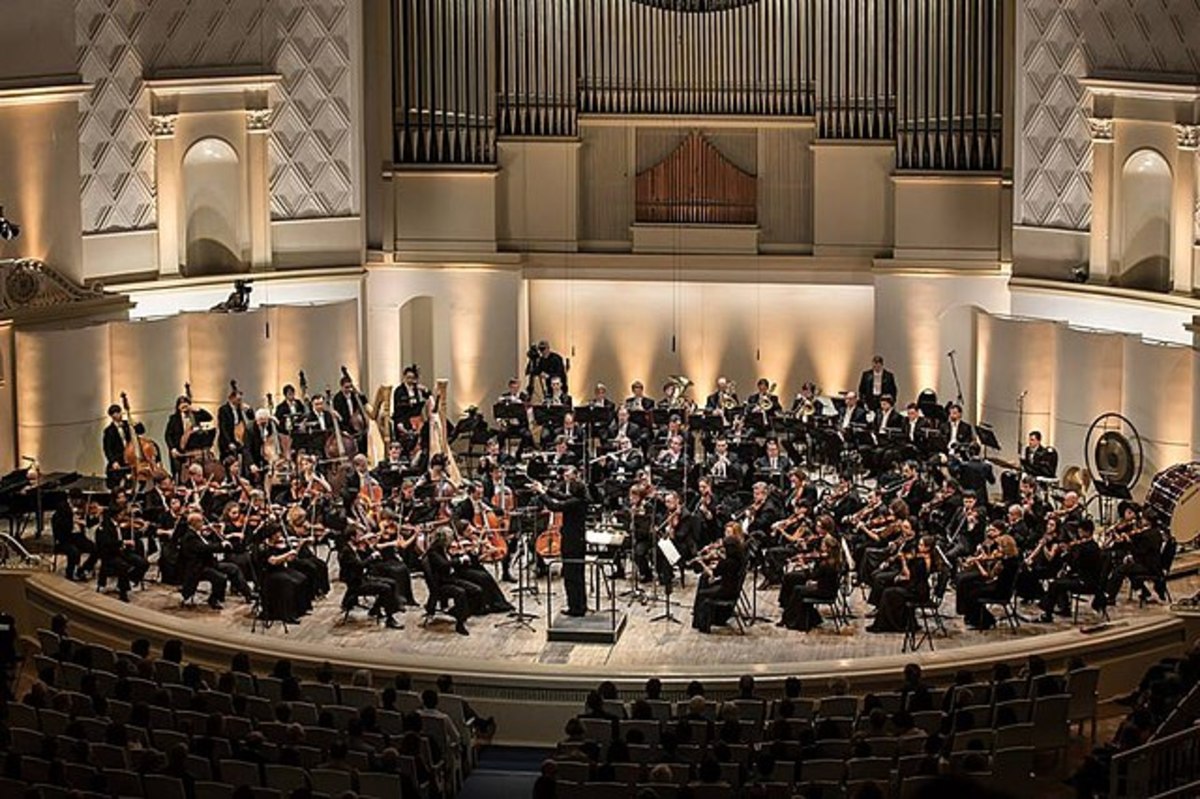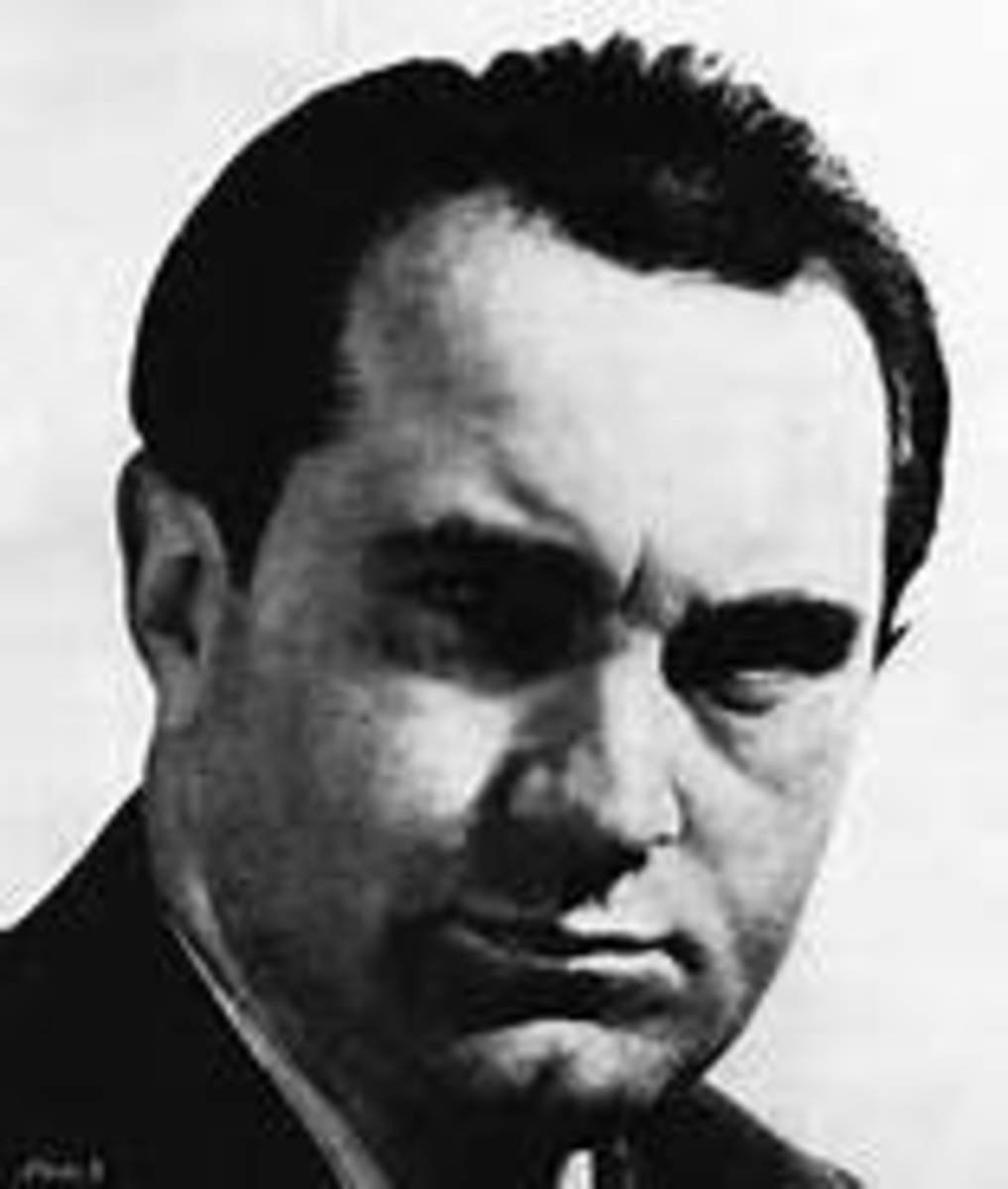A Night at the Symphony: Johannes Brahms Trio in C Major, Opus 87

Why This Opus?
In the year 2002 I attended the Missoula Symphony Orchestra's performance of Brahms Opus 87, Trio in C Major.
Everytime I attend a Symphony performance I am moved beyond words by the wonder of the music being performed.
I want to share a part of the experience, even if brief, of the performance I witnessed with a little history of Brahms included.


Johannes Brahms
Johannes Brahms was born on May 7th 1833 in Hamburg Germany. His father was a bassist in the Hamburg Phiharmonic.
Young Johannes played in taverns and brothels around Hamburg to support his family until Robert Schumann took him under his wings.
Schumann ensured that Johannes was educated well in music and was given a chance to compose. They remained close until the death of Schumann in 1856.
After Schumanns death Johannes became close to Clara Schumann, Roberts widow, who played piano and composed herself. The bond between the two stayed close throughout both of their lives.
A story that withstands the test of time.
Johannes Brahms was considered one of the three B's of the late romantic era. The three B's included Brahms, Bach, and Beethoven.
He was a strong believer in structure and form and created a Requim, Sonata's, and various piano trios that followed a very ordered and firm structure.
Most of his works have found permanent homes in many Symphonies Repertoires.
He died of liver cancer on April 3rd 1897 with a large portfolio of work trailing behind him.
Trio No. 2 in C Major , Opus 87
Composed between 1880-1882 Johannes Brahms Trio No. 2 in C Major, Opus 87 was considered by Clara Schumann as "a great musical treat."
I sat down in a seat slightly left of center around the seventh row in the concert hall. I was excited to hear Brahms Trio performed. I remembered that it took Brahms two years to compose this small Opus, Opus 87.
I smiled when the hush came over the audience and the violinist and cellist lifted the bow to their strings and pianist lifted his hands to the keys. Shortly, as if the span of a breath, the music began.
The three instruments began to play in allegro moderato, or in a lively tempo, and pulled me into an immediate excitement as they played together combining notes and chords. Brahms led my ears directly into the excitement during this first movement.
The second movement changed tempo to andante con moto, or a tempo that is slower yet still lively. This movement brought my attention more to the combination of the violin and cello with the piano as a side note. I closed my eyes and imagined a slow yet brisk summer stream. Each wave created by rocks in the stream bent like the strings of the violin.
The third movement moved abruptly into a scherzo presto, or very quick and lively 3/4 tempo. During this movement each instrument seemed to lift from the player to come alive by some magical force with the intend to prove the worth of each instrument above the other.
The Opus ended with a Finale composed in Allegro Giosco, another lively tempo yet much slower and controlled than the last movement. Brahms took me out of my world of imagination with the same energy he brought me in and ended each instrument with the perfect collection of notes.
In Conclusion
I don't feel that my hub has much to offer in the education of Classical Music but I hope that if I can make one person find this Opus on their MP3 player than I have succeeded in my goal.
Also, I would like to make a point on the importance of supporting your local arts and make a journey to listen to your local symphony at least once a year.
Help to keep the arts alive and to keep musicians working. Thank you.

